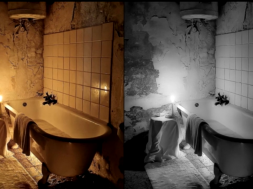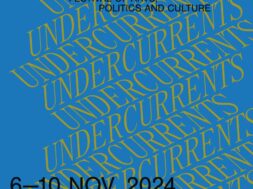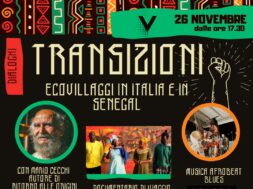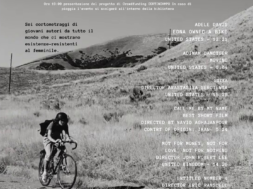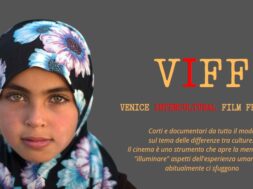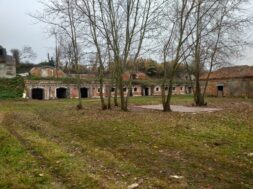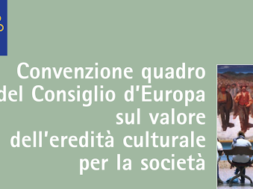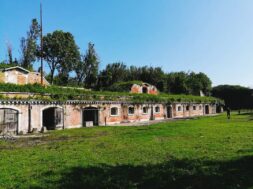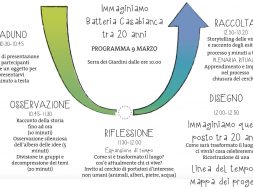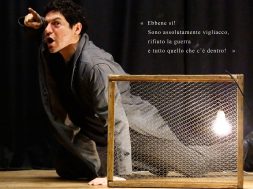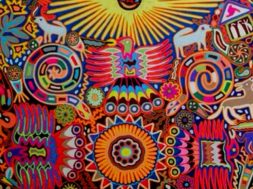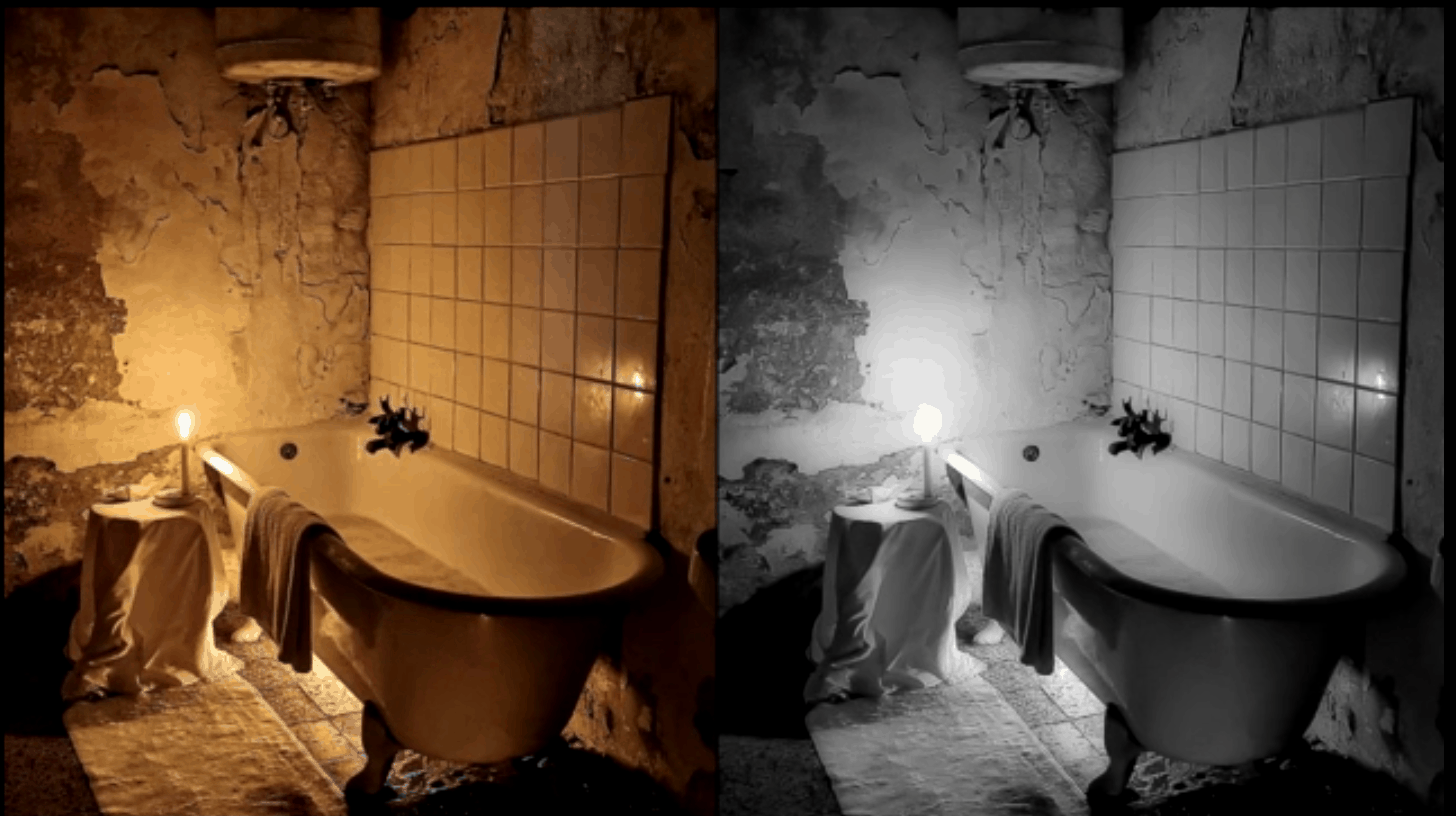
BATTERIA CASABIANCA – Art site specific
In recent years, economic thought has colonized all areas of social life, becoming a “single thought,” that is, a hegemonic cultural pattern in a Gramscian sense. This means that any type of human initiative or experience, to be considered relevant, must demonstrate that it produces monetary profits.
The “valorisation” of cultural assets is no exception. It is about selling them or turning them into hotels or attractors for mass tourism. But there are always pockets of human resistance that operate almost like the clandestine group of book-savers in Fahrenheit 451.
Casabianca highlights one of these non-singular forms of thinking, specifically, aesthetic thinking. Nothing romantic, nor contemplative. Aesthetic thought is a specialized form of knowledge, such as mathematics, history, biology. It has its own specific field with identifiable and above all teachable operating methods. Its value results from being a school of freedom. It favors the processes of subjectivation that leads to the formation of free adults.
Anna Martinatti and Reda Berrada tell us with simplicity and clarity the genesis of their site-specific installations inside an abandoned fortress in Lido of Venice, the Casabianca Battery (or Ca’Bianca) Angelo Emo. It is a place full of charm capable of arousing curiosity, thoughts and emotions in all those who discover it. Anna and Reda are two different people who have had different reactions, emotions and ideas and from these they have built objects and situations capable of communicating those to others.
In this sense aesthetic knowledge can be considered a language, but a language that is not based on a vocabulary of well-defined meanings. Aesthetic knowledge is an open language made of signifiers that invites us to construct our own meanings. Here we also see the difference between the functioning of aesthetic thought and the historical one. History tends to passify people because the work of reconstructing the history of a place is a task for specialists. The result of this work can be very interesting and informative, but it does not activate people’s autonomous creative abilities
.
